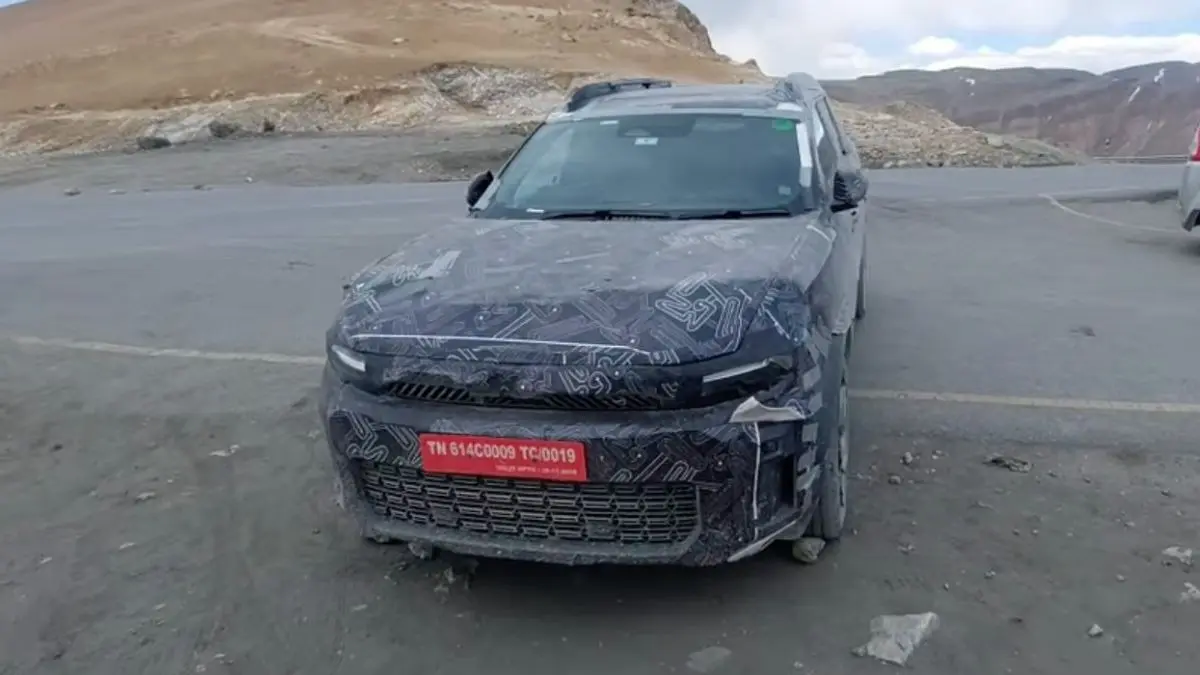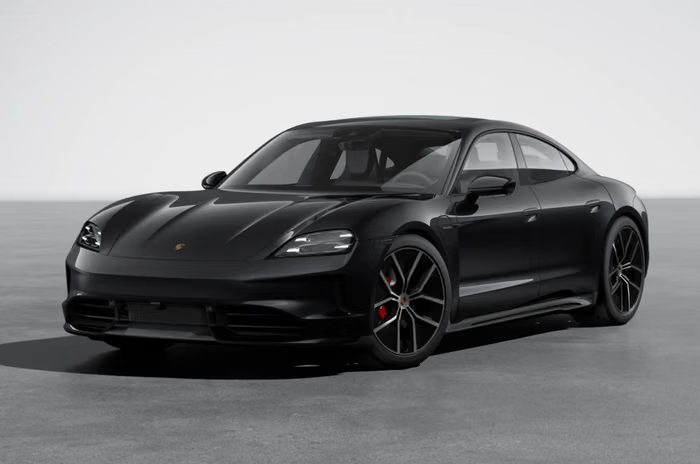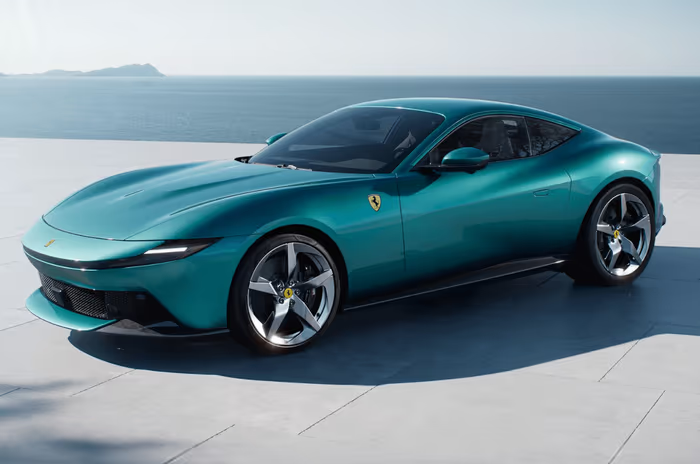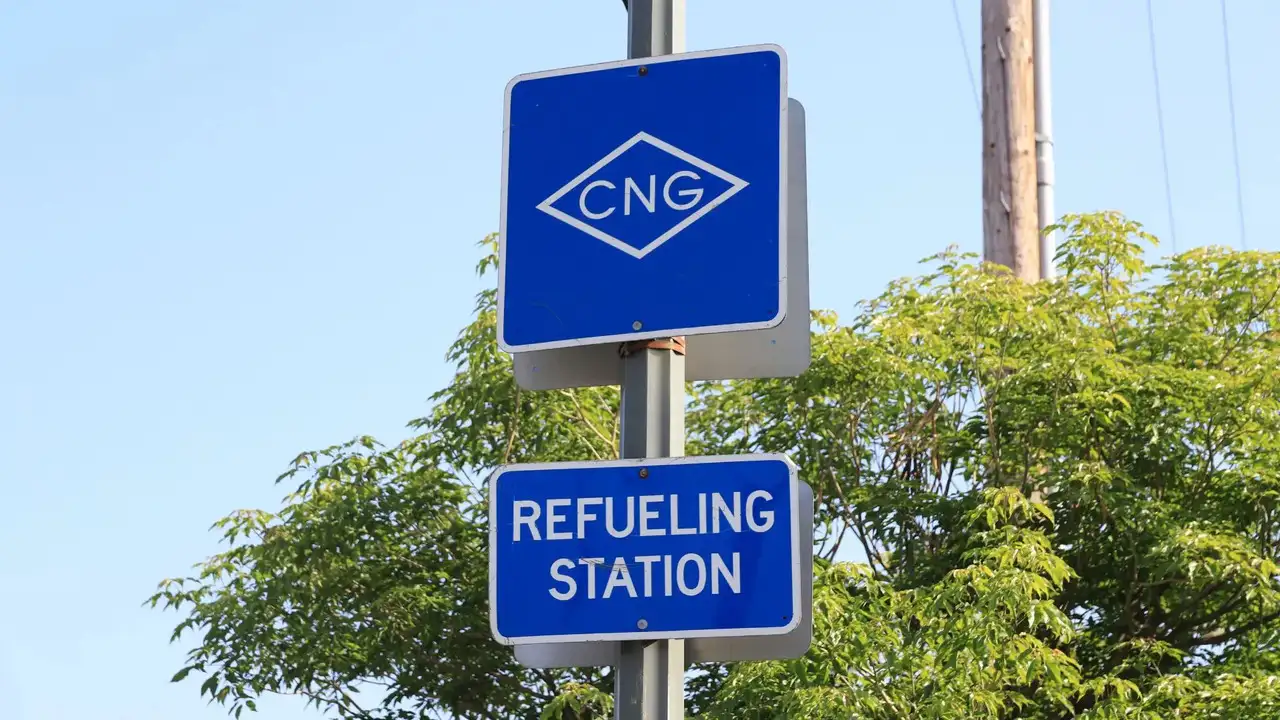Renault has been quietly testing a heavily camouflaged seven‑seater SUV in India—widely believed to be the long-awaited multi‑row version of its popular Duster. Spotted in the Himalayan region, this prototype, internally referred to as the ‘Boreal’, has sparked excitement as the French automaker appears to gear up for a return to India’s competitive SUV market.
What We Know So Far
- Camouflage hints model identity
The SUV wears heavy cladding, but glimpses of the DC (Dacia) badge suggest a link to Renault’s Romanian sub‑brand. Photos show boxy proportions, pillar-mounted rear door handles, dark body cladding, stacked LED DRLs, fog lamp housings, a roof spoiler, and large windows—hallmarks of a three-row crossover. - Likely to be the Duster-based Boreal or Bigster
Renault hasn’t confirmed model names, but industry sources point to ‘Boreal’ for the Indian market—aligned with global plans for a seven-seater ‘Bigster’ SUV that uses the same CMF-B platform as the new Duster. - Timeline and production plans
Renault plans to debut the Boreal/Bigster globally around mid-2025, with an India launch pegged for 2026 or early 2027. Production is likely to begin at its Chennai plant.
How This Differs From the Standard Duster
- Extended body and seating layout
Longer, wider dimensions support three‑row seating for up to seven occupants. Reports describe an additional 100–150 mm in length compared to the five-seat version. - Shared architecture, unique styling
While sharing the CMF-B platform with the 5-seater Duster, the Boreal/Bigster sports distinct styling and body panels—most noticeable in the rear quarters and roofline. - Engine and tech updates
It is likely to run on the same petrol and hybrid engines as the 5-seater—including a 1.2-litre turbo-petrol with mild-hybrid tech. A stronger engine (1.6-litre hybrid) that powers global Bigster variants may or may not be offered in India.
Why It Matters for India
- SUV demand is shifting upward
India’s SUV market is increasingly favoring larger, three-row models. The Boreal/Bigster would rival the likes of Hyundai Alcazar, MG Hector Plus, Kia Carens, Tata Safari, and Mahindra XUV700. - Duster’s strong legacy
The original Duster launched in 2012 solidified Renault’s position in India’s C-segment SUV market. Though it was discontinued in 2022, this new model signals Renault’s renewed commitment. - Strategic tie-in with global models
Renault is leveraging its alliance with Dacia and Nissan to roll out multiple CMF-B-based SUVs in India—including the Duster, Boreal/Bigster, and a Nissan variant. Local assembly may help keep prices competitive.
What to Watch Next
- Official reveal: Expected mid-2025, likely followed by a debut at Indian auto shows.
- Variants and pricing: Will Renault introduce hybrid or 4×4 trims, or focus solely on petrol models for India?
- Competitive positioning: Price, features, and space will determine its success against rivals.
Bottom Line
Renault’s camouflaged testing in India hints at a significant next step—reintroducing the Duster badge with a seven-seater SUV locally produced. Combining global design with home-market adaptations, this SUV may mark Renault’s resurgence in India’s mid-to-large SUV segment. Watch for an official unveil in 2025 and showroom arrival around 2026.
Photo Credit: Republic World
Follow us for latest updates:




